- Online car rental since 2005
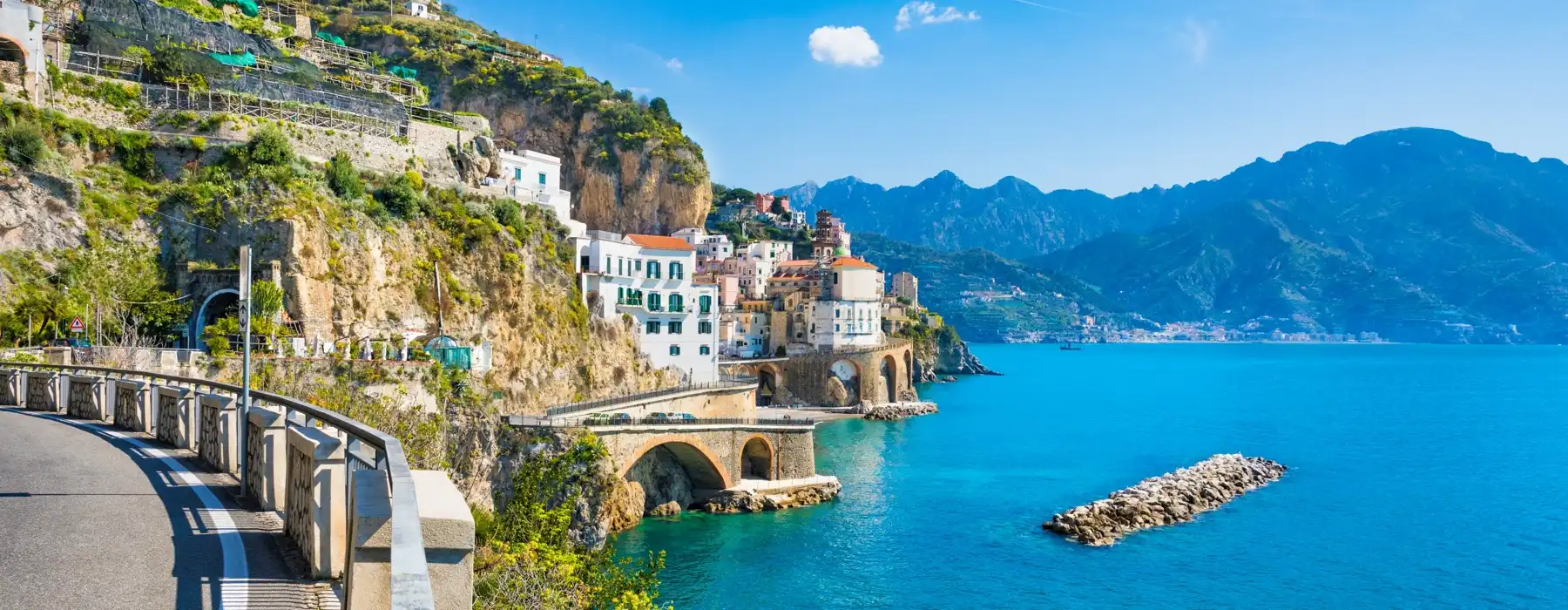
Car Rental Italy
Save time and money. We compare the offers of car rental companies in Italy on your behalf.
- Free cancellation Up to 48 hours prior to the scheduled pick-up time
- Best price guarantee Have you found a better price? Let us know and we will make you a better offer.
- 24000+ pick-up locations Locations around the world

Car Rental Italy
EasyTerra Car Rental Italy is an independent car rental comparison site. Our site compares prices from well-known car rental companies so that, as a customer, you can always reserve your car with us at a competitive rate.
Car rental offers in Italy
Whether you're looking for a small rental car or a station wagon for the entire family, we will always have a suitable vehicle at the lowest price. Below are some examples from our selection in Italy.

-
Carwiz rent a car From€ 2 /day -
SurPrice car rentals From€ 3 /day
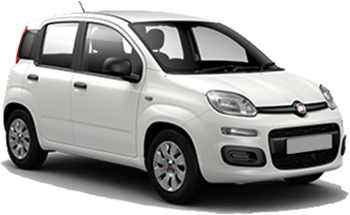
-
Carwiz rent a car From€ 2 /day -
Green Motion From€ 3 /day -
Target Rent From€ 3 /day
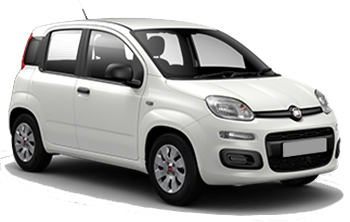
-
Goldcar From€ 5 /day -
FELIRENT From€ 6 /day -
B-Rent From€ 7 /day
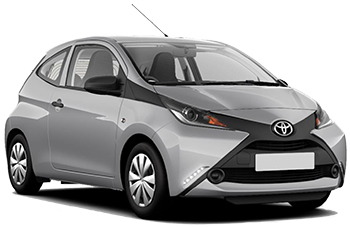
-
ECH rentals From€ 2 /day -
U-Save Auto Rental From€ 3 /day -
OK Mobility From€ 4 /day
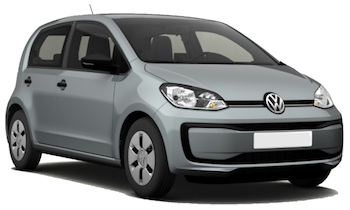
-
ECH rentals From€ 2 /day -
Target Rent From€ 2 /day -
Green Motion From€ 3 /day
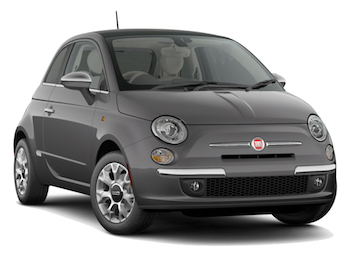
-
Goldcar From€ 5 /day -
FELIRENT From€ 6 /day -
B-Rent From€ 7 /day
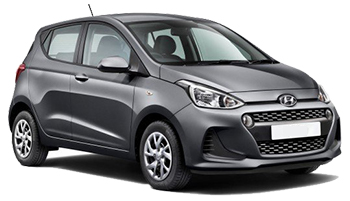
-
ECH rentals From€ 3 /day -
Record Go From€ 4 /day -
Centauro From€ 5 /day
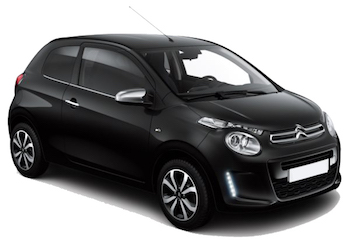
-
Carwiz rent a car From€ 3 /day -
SurPrice car rentals From€ 3 /day -
Goldcar From€ 4 /day
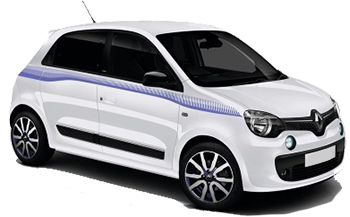
-
Viaggiare Rent From€ 6 /day -
Sixt From€ 25 /day -
Flizzr From€ 29 /day
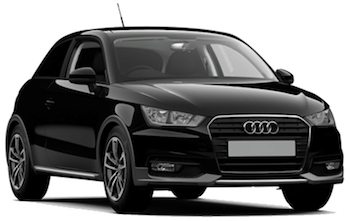
-
Carwiz rent a car From€ 2 /day -
SurPrice car rentals From€ 3 /day -
Flizzr From€ 50 /day
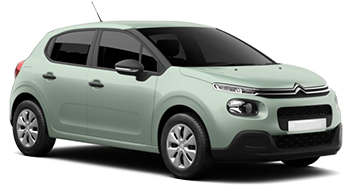
-
ECH rentals From€ 3 /day -
Record Go From€ 4 /day -
FELIRENT From€ 4 /day
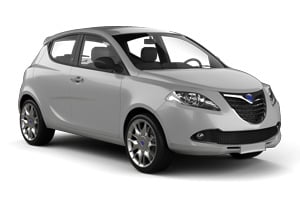
-
Goldcar From€ 5 /day -
Green Motion From€ 9 /day -
Noleggiare From€ 13 /day
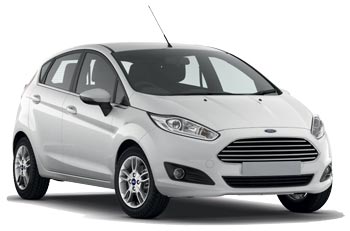
-
SurPrice car rentals From€ 3 /day -
Carwiz rent a car From€ 3 /day -
Target Rent From€ 3 /day

-
Target Rent From€ 3 /day -
Green Motion From€ 3 /day -
Viaggiare Rent From€ 3 /day

-
FELIRENT From€ 5 /day -
B-Rent From€ 7 /day -
Ecovia Rent From€ 7 /day
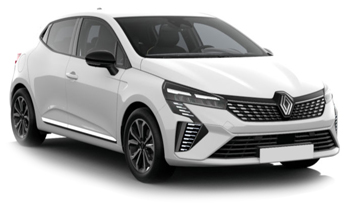
-
Target Rent From€ 3 /day -
OK Mobility From€ 5 /day -
Sicily by Car From€ 8 /day
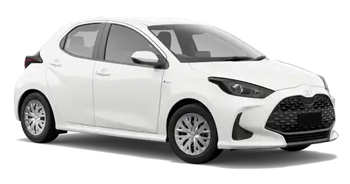
-
SurPrice car rentals From€ 3 /day -
ECH rentals From€ 3 /day -
U-Save Auto Rental From€ 4 /day

-
FELIRENT From€ 5 /day -
Carwiz rent a car From€ 13 /day -
Noleggiare From€ 15 /day
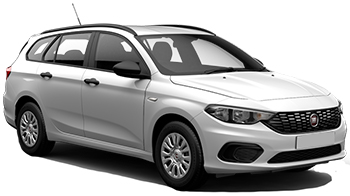
-
Carwiz rent a car From€ 3 /day -
SurPrice car rentals From€ 4 /day -
Record Go From€ 5 /day
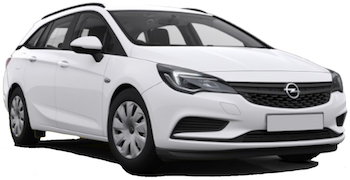
-
Carwiz rent a car From€ 3 /day -
SurPrice car rentals From€ 4 /day -
Ecovia Rent From€ 7 /day
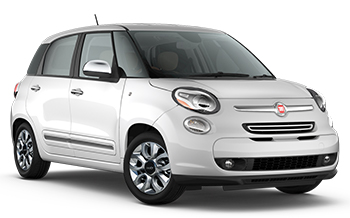
-
Goldcar From€ 6 /day -
RentSmart24 From€ 15 /day -
Sicily by Car From€ 17 /day
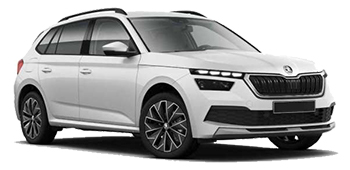
-
ECH rentals From€ 3 /day -
Budget From€ 19 /day -
Avis From€ 42 /day
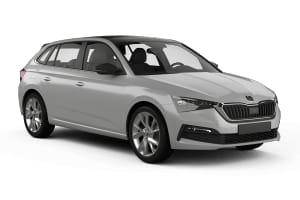
-
ECH rentals From€ 3 /day -
Flizzr From€ 15 /day -
Sixt From€ 15 /day
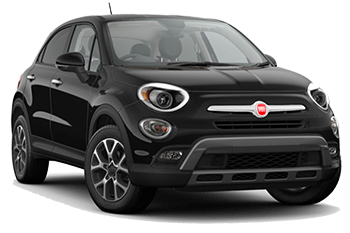
-
Goldcar From€ 7 /day -
Viaggiare Rent From€ 7 /day -
Autovia From€ 9 /day
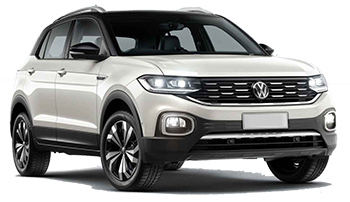
-
ECH rentals From€ 3 /day -
Autovia From€ 7 /day -
Moventur From€ 8 /day
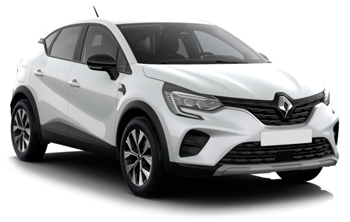
-
Carwiz rent a car From€ 3 /day -
SurPrice car rentals From€ 5 /day -
RentSmart24 From€ 6 /day
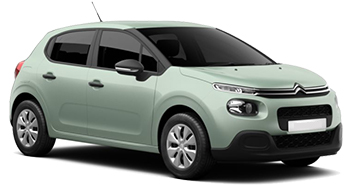
-
RentSmart24 From€ 7 /day
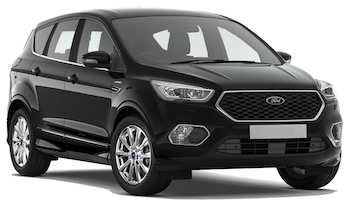
-
Target Rent From€ 4 /day -
Record Go From€ 7 /day -
Autovia From€ 10 /day

-
Viaggiare Rent From€ 4 /day
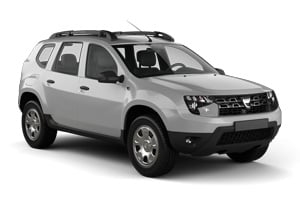
-
Goldcar From€ 9 /day
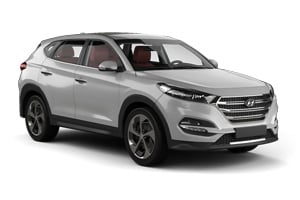
-
Carwiz rent a car From€ 5 /day -
Record Go From€ 41 /day
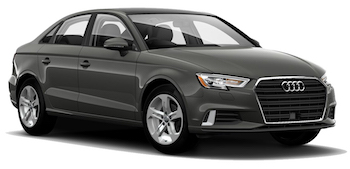
-
SurPrice car rentals From€ 5 /day -
OK Mobility From€ 17 /day -
Autovia From€ 27 /day

-
Viaggiare Rent From€ 9 /day
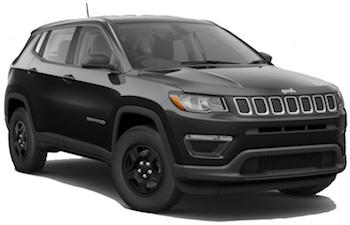
-
ECH rentals From€ 6 /day -
Green Motion From€ 7 /day -
SurPrice car rentals From€ 9 /day
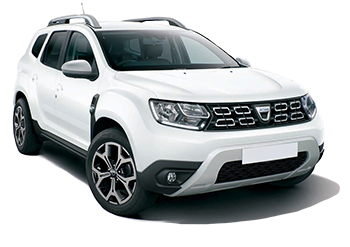
-
Goldcar From€ 6 /day -
Goldcar Key'n Go From€ 27 /day
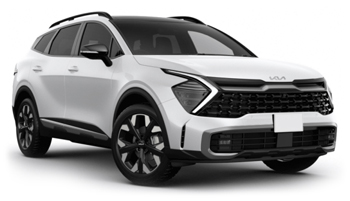
-
Autovia From€ 11 /day -
RentSmart24 From€ 16 /day -
Green Motion From€ 162 /day

-
Target Rent From€ 8 /day -
LocautoRent From€ 38 /day
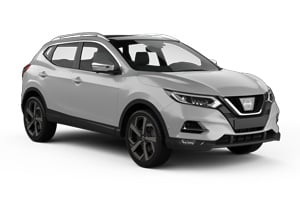
-
OK Mobility From€ 11 /day
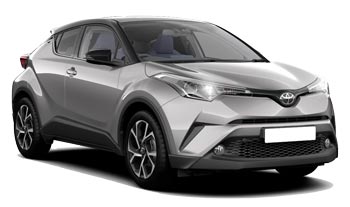
-
Ecovia Rent From€ 12 /day
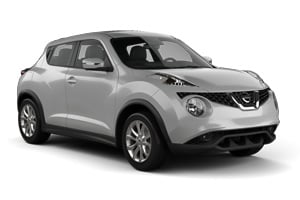
-
OK Mobility From€ 11 /day
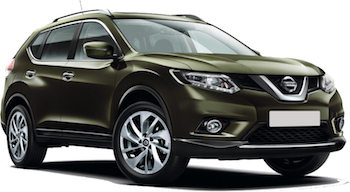
-
OK Mobility From€ 11 /day -
Budget From€ 25 /day

-
Maggiore From€ 16 /day -
Drivalia From€ 25 /day

-
Ecovia Rent From€ 12 /day
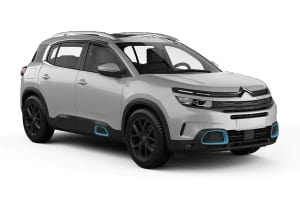
-
Ecovia Rent From€ 18 /day -
Noleggiare From€ 23 /day

-
Ecovia Rent From€ 12 /day -
Viaggiare Rent From€ 29 /day
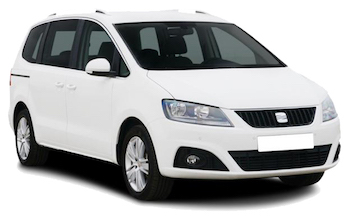
-
Target Rent From€ 12 /day -
OK Mobility From€ 80 /day

-
Autovia From€ 12 /day -
Budget From€ 70 /day

-
Autovia From€ 19 /day -
Budget From€ 72 /day

-
Record Go From€ 17 /day
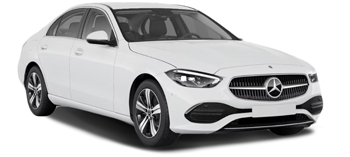
-
OK Mobility From€ 18 /day -
Avis From€ 32 /day
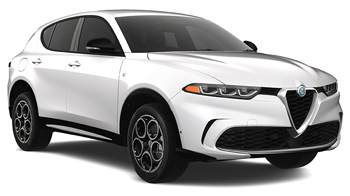
-
Maggiore From€ 21 /day
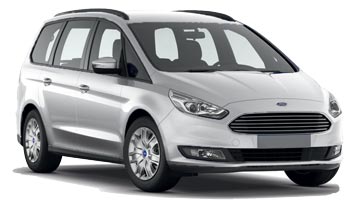
-
Target Rent From€ 20 /day -
Noleggiare From€ 46 /day
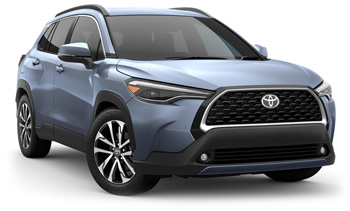
-
Noleggiare From€ 24 /day

-
Maggiore From€ 21 /day -
Target Rent From€ 32 /day
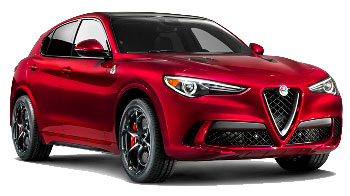
-
Target Rent From€ 6 /day -
Avis From€ 26 /day -
Sicily by Car From€ 69 /day
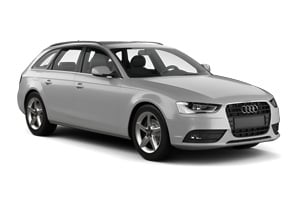
-
Target Rent From€ 8 /day -
Alamo From€ 37 /day -
Enterprise From€ 38 /day

-
Avis From€ 26 /day -
Sicily by Car From€ 99 /day -
Moventur From€ 181 /day
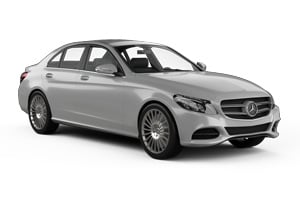
-
Avis From€ 25 /day -
Sixt From€ 61 /day -
Europcar From€ 71 /day

-
Avis From€ 28 /day -
Sixt From€ 66 /day -
Europcar From€ 75 /day

-
Avis From€ 26 /day

-
U-Save Auto Rental From€ 27 /day
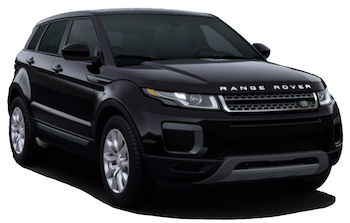
-
Autovia From€ 29 /day
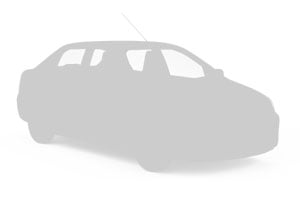
-
U-Save Auto Rental From€ 27 /day
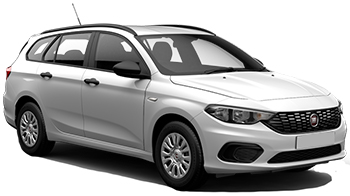
-
Carwiz rent a car From€ 3 /day -
Goldcar From€ 6 /day -
Moventur From€ 9 /day

-
Goldcar From€ 5 /day -
Target Rent From€ 5 /day -
RentSmart24 From€ 12 /day
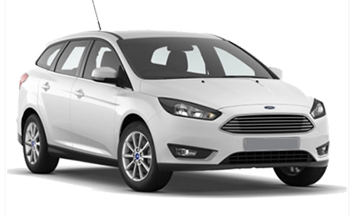
-
Goldcar From€ 8 /day -
RentSmart24 From€ 14 /day -
Noleggiare From€ 16 /day
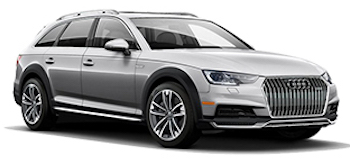
-
Target Rent From€ 8 /day -
Alamo From€ 37 /day -
Enterprise From€ 38 /day

-
Carwiz rent a car From€ 13 /day -
Goldcar From€ 15 /day -
Italy Car Rent From€ 16 /day
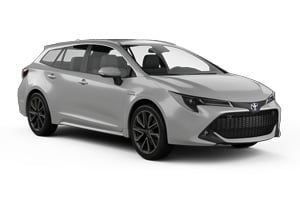
-
ECH rentals From€ 10 /day -
Noleggiare From€ 15 /day

-
Viaggiare Rent From€ 10 /day -
RentSmart24 From€ 12 /day -
Italy Car Rent From€ 12 /day
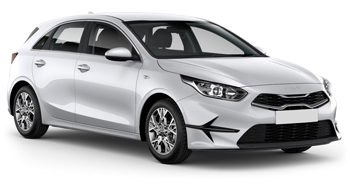
-
RentSmart24 From€ 14 /day -
Ecovia Rent From€ 38 /day

-
RentSmart24 From€ 11 /day
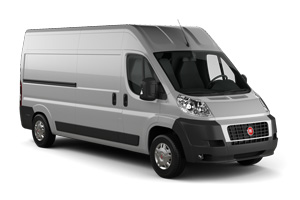
-
Target Rent From€ 12 /day -
ECH rentals From€ 27 /day -
Green Motion From€ 42 /day
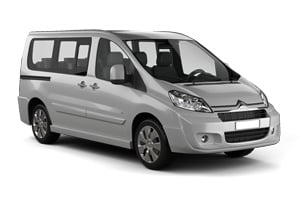
-
Target Rent From€ 20 /day -
Ecovia Rent From€ 135 /day -
Noleggiare From€ 156 /day
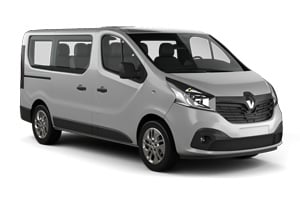
-
Europcar From€ 25 /day -
B-Rent From€ 56 /day
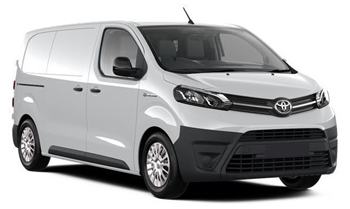
-
ECH rentals From€ 23 /day -
U-Save Auto Rental From€ 44 /day -
RentSmart24 From€ 102 /day
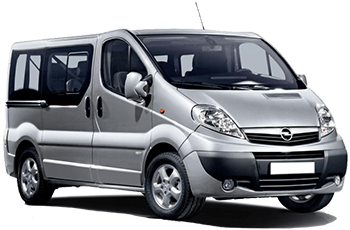
-
Maggiore From€ 24 /day -
Italy Car Rent From€ 100 /day

-
Maggiore From€ 31 /day -
Italy Car Rent From€ 108 /day
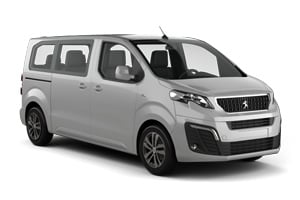
-
ECH rentals From€ 25 /day -
OK Mobility From€ 39 /day
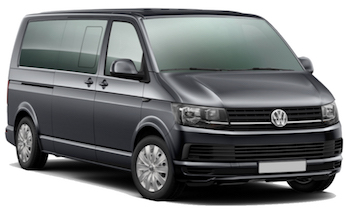
-
Europcar From€ 35 /day -
Ecovia Rent From€ 38 /day -
LocautoRent From€ 56 /day
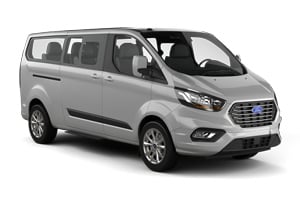
-
Noleggiare From€ 25 /day -
Ecovia Rent From€ 32 /day -
FELIRENT From€ 37 /day
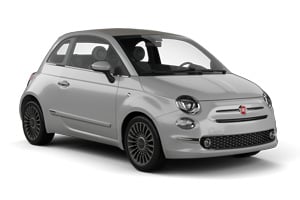
-
Noleggiare From€ 7 /day -
Viaggiare Rent From€ 9 /day -
Green Motion From€ 33 /day
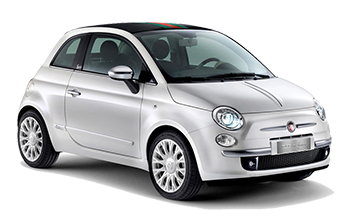
-
Noleggiare From€ 13 /day -
Viaggiare Rent From€ 27 /day -
Green Motion From€ 41 /day
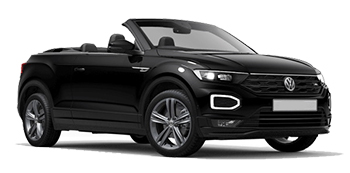
-
OK Mobility From€ 36 /day -
Sicily by Car From€ 51 /day
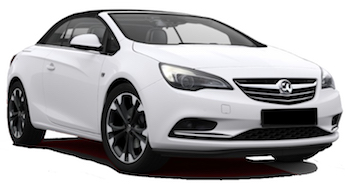
-
OK Mobility From€ 48 /day

-
Sicily by Car From€ 51 /day
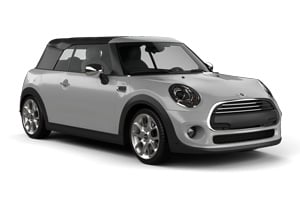
-
Sixt From€ 50 /day

-
Sixt From€ 53 /day
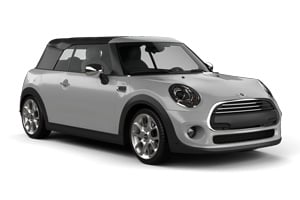
-
Sixt From€ 53 /day

-
Sixt From€ 54 /day

-
Target Rent From€ 4 /day -
U-Save Auto Rental From€ 6 /day -
Goldcar From€ 6 /day
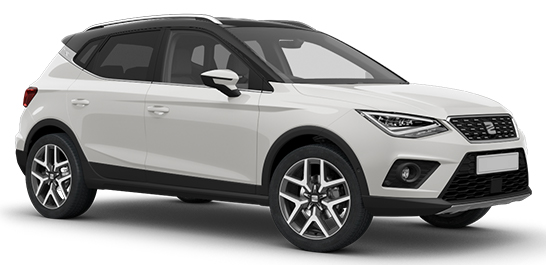
-
SurPrice car rentals From€ 4 /day -
Goldcar From€ 5 /day

-
Goldcar From€ 7 /day -
Target Rent From€ 15 /day -
Autovia From€ 25 /day
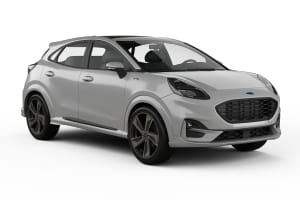
-
Carwiz rent a car From€ 4 /day -
SurPrice car rentals From€ 5 /day -
Autovia From€ 7 /day
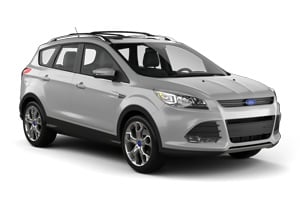
-
Target Rent From€ 4 /day -
Autovia From€ 10 /day -
Centauro From€ 10 /day

-
Goldcar From€ 7 /day -
Centauro From€ 21 /day

-
Record Go From€ 5 /day

-
Goldcar From€ 5 /day -
Centauro From€ 7 /day -
ACE Rent A Car From€ 8 /day
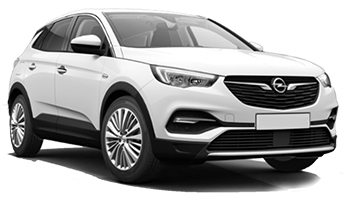
-
Goldcar From€ 8 /day -
Goldcar Key'n Go From€ 27 /day

-
Green Motion From€ 4 /day

-
OK Mobility From€ 7 /day

-
Keddy By Europcar From€ 10 /day -
Drivalia From€ 11 /day -
Europcar From€ 16 /day
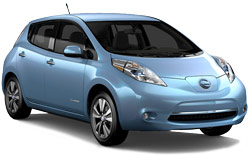
-
OK Mobility From€ 7 /day -
Avis From€ 78 /day

-
Drivalia From€ 7 /day -
Keddy By Europcar From€ 9 /day -
Europcar From€ 13 /day

-
Drivalia From€ 12 /day -
Keddy By Europcar From€ 64 /day -
Europcar From€ 70 /day

-
Centauro From€ 8 /day -
Drivalia From€ 10 /day -
Maggiore From€ 34 /day
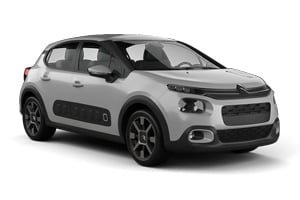
-
Italy Car Rent From€ 8 /day -
Keddy By Europcar From€ 11 /day -
Europcar From€ 16 /day

-
Keddy By Europcar From€ 12 /day -
Italy Car Rent From€ 16 /day -
Europcar From€ 23 /day
Popular cities in Italy
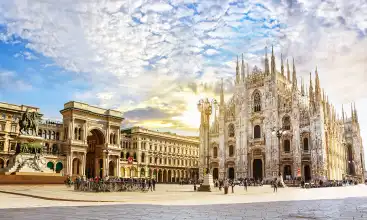
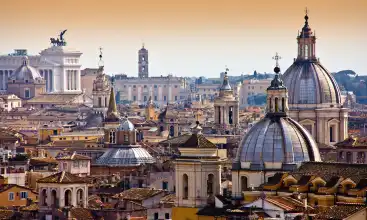
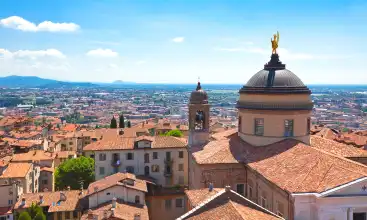
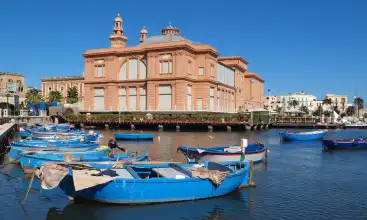
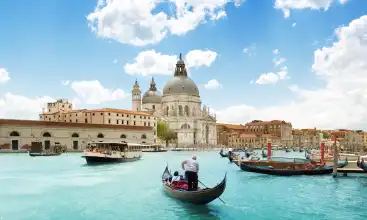
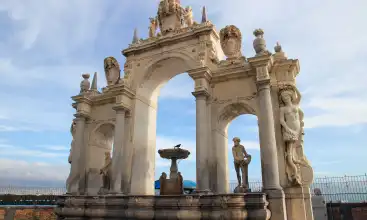
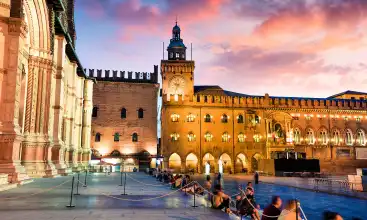
Popular rental locations in Italy
-
Car Rental Milan Malpensa AirportFrom
€ 3 /day -
Car Rental Rome Fiumicino AirportFrom
€ 3 /day -
Car Rental Bergamo AirportFrom
€ 3 /day -
Car Rental Milan Linate AirportFrom
€ 7 /day -
Car Rental Bari Palese AirportFrom
€ 2 /day -
Car Rental Venice AirportFrom
€ 3 /day -
Car Rental Bologna AirportFrom
€ 4 /day -
Car Rental Pisa AirportFrom
€ 3 /day
Useful tips for a well-prepared trip
Which insurance should I choose, and what's the deal with the deposit? Read our articles with useful information and tips to ensure you choose the right rental car for you.
Car rental locations in Italy
EasyTerra Car Rental compares rental car prices at the following destinations

Location information for Italy
Italy is best explored by rental car. EasyTerra Car Rental has over 641 pick-up locations in Italy. This means there is always a pick-up location close to your destination.
Most popular car hire locations in Italy
Introduction
Italy, in the south of Europe, is known for its rich culture, lovely climate and beautiful nature. Italy has a large number of big lakes that attract many tourists in summer. There are also many romantic cities with traces of the country's ancient culture. You can enjoy the Italian kitchen and the people will welcome you in a friendly and hospitable way.
History
In the past, present-day Italy has been the home of various people. In the south of the country, cities were founded by the Greeks and the north was ruled by the Etruscans. In the centre was the province of Latium, with Rome as its most important city. This is where the Romans lived. Rome became more powerful and in the third and fourth centuries BC managed to defeat the Greeks and Etruscans.
The Romans continued to expand their territory. Between 60 and 50 BC, the well-known Roman dictator Julius Caesar conquered all of Gaul (present-day France) and parts of what is now called Italy. Two hundred years later, almost all of Europe was in the hands of the Romans, and their culture spread to many countries. The Romans did not succeed in defeating the Germanic tribes.
After the death of the last 'Great Emperor', Marcus Aurelius, things went downhill with the immense empire. At the end of the fourth century AD, the empire fell apart. The Roman Empire was too big to be governed centrally and to be defended well. It was divided into two parts: a western part with Rome as its capital and an eastern part with the capital of Constantinople. The western empire was occupied by the Germanic tribes. The empire fell apart into separate entities.
The fourteenth century brought a turnaround. Florence, Milan, Pisa, Genoa and Venice flourished in the Middle Ages and became rich merchant cities. Italy became a cultural centre of Europe. The country excelled in art, literature, politics and research. Names like Leonardo da Vinci, Michelangelo, Dante, Machiavelli and Galileo come from this era. The Italian explorers Marco Polo and Christopher Columbus remain famous to this day.
At the end of the 18th century, France under Napoleon managed to conquer Italy. Napoleon lost his power when the English and Russians defeated the French. In 1870, the unification of Italy was declared. During the First World War, the country initially remained neutral, but later joined the Allied forces. After the war, Italy faced a social, political and economic crisis. In 1922, the fascist dictator Benito Mussolini seized power and declared himself ruler of the land. His goal was to establish a new Roman Empire.
During the Second World War, Mussolini was an ally of Hitler and fought against Great Britain and France. Germany and Italy lost and Mussolini was murdered. The monarchy was abolished and Italy became a republic. Thanks to the financial support of the United States, the country managed to recover. Italy became a member of NATO (North Atlantic Treaty Organization) and the European Union. To this day, the country is characterized by instable governments.
Society and Culture
Italy is a very densely populated country. In all, it has over 58 million inhabitants. Rome has 2.7 million inhabitants, and Milan over one million. There are two million people in Italy that are of foreign origin. Many of them are from Albania, Morocco, Romania, China and Ukraine.
Most Italians (87%) are Roman-Catholic. Until 1984, Roman-Catholicism was the state religion. Also, there are about 500,000 Protestants and about 35,000 Jews. Due to immigration from Africa, the Muslim population has increased.
The official language of Italy is Italian. About 75% of all Italian words are of Latin origin. During the unification of Italy (end of the 19th century) Italian was spoken by only 3% of the population. It was a written language. Italy was made up of various language regions. To become one country, it needed one language: Italian. Italian really became a national language when television made its appearance. Nevertheless, nowadays there are still population groups with a different mother tongue. Examples are German, French, Slovenian, Catalan, Albanian and Sardic.
Everywhere in Europe, traces of the old Roman era can be found. The Italian culture has contributed to European civilization. Italian art, literature, architecture, film and music became known all over the world. Italians often feel a closer connection to their own place of birth or region than with the country itself. Italians are friendly and hospitable. They find family and friends very important. They like good food and sports. In the south you will encounter the real Italian temperament: wild gestures, a different speech volume and a fanatical and passionate posture.
Political situation
The Italian constitution originates from 1948. The country has two parliamentary chambers: a House of Representatives (630 members) and a Senate (315 members). The president is elected every seven years by the members of parliament and three representatives from the regional councils. Italy is divided into 20 regions, that each have their own governments. The president appoints the prime minister, who in turn appoints the ministers.
Italian politics is not very stable. Since the Second World War, the country has had 60 different governments, both leftwing and rightwing. Every five years, the population has to vote for representatives of parliament and the regional councils. Often, elections have to be held prematurely. Also, Italian politics is characterized by corruption.
In 1994, Silvio Berlusconi, the centre-right media tycoon was the prime minister of Italy. In the same year, he was forced to resign, and he was succeeded by various leftwing governments. In May 1999, the current president, Carlo Azeglio Ciampi, was elected. A new (leftwing) government was formed, this time headed by a former communist. This government lasted until 2000, when it was briefly replaced by the centre-left Giuliano Amato. On May 13, 2001, Berlusconi once again became prime minister of Italy.
The current president of Italy is the leftwing politician Giorgio Napolitano. He was elected in May, 2006.
Economy
Until the Second World War, Italy was an agrarian country. People lived mainly from agriculture. Later, industry came off the ground and the economy flourished. There is still a major difference between the north and the south of the country. Industry is more developed in the north than it is in the south. The southern part of the country is still largely agrarian in nature and industry only manages to survive thanks to government support.
In the 1980's, the country's national debt grew, as did unemployment. However, the Italian economy managed to recover from the resulting depression a few years later. Many people found jobs in the service sector and in industry. In industrial terms, there was a shift away from food and textile towards technology, steel and chemical products.
In Italy, the majority of companies is small and medium-sized. Mostly, they are family businesses that have specialized in certain markets. These companies are predominantly located in the north of the country. Large industries are machinery, motorized vehicles, chemicals, pharmaceuticals, electrical products, fashion and clothing. Many of these products are exported to other European countries. In addition, Italy also exports wine and food products.
The country itself does not possess many raw materials, which have to be imported. As a result, Italy has had a trade deficit for years: the country imports more than it exports. Furthermore, inflation and unemployment remain economic problems. Many companies and industries are in the hands of the state. Privatization must make the business community more efficient and reduce government debt.
Geography and Climate
The total area of the country is 301,323 square kilometers. Italy is largely a peninsula. Its shape has given it the name 'the Boot of Italy'. The largest islands are Sicily and Sardinia. Italy is surrounded by the Mediterranean, the Adriatic, the Ionian Sea, the Tyrrene Sea and the Ligurgian Sea. The backbone of Italy is formed by the Apennine Mountains. In the north, this mountain range merges with the Alps. The mountains there form a natural boundary with Austria and Switzerland. Italy also borders on France and Slovenia.
In the north of the country there are a number of large lakes, like Lake Maggiore, Lake Como, Lake Isea and Lake Garda. Well-known volcanoes can be found in the south of Italy. The Vesuvius is located near Naples, the Etna is active on Sicily and the Stromboli is located on the island with the same name. Italy's longest river is the Po. The river originates in the Alps near the French border and flows into the sea at Venice. The Po has a number of branches that reach the sea via the Alps, the Apennines and the Dolomites. Other important rivers are the Tiger, Adige and Arno.
In Italy, there are two independent states. They are the Vatican and San Marino. The Roman-Catholic church is led from Vatican City. The pope is its head of state.
In climatological terms Italy consists of three areas. The mountainous north has an alpine climate with cold winters and warm summers. The south of Italy is dry and hot. The remaining area has a Mediterranean climate: pleasant summers and fairly soft winters. Most precipitation falls in the autumn and spring.
Traffic and Infrastructure
Italy has an extensive and well-maintained road network. On motorways there are toll booths. The main motorway in located in the west of the country: the 'autostrada del sole'. Seat belts are mandatory (both in the front and in the back of the vehicle). It is forbidden to use a mobile phone while driving. Speed limits are indicated in kilometers.
The cities of Italy are connected by excellent bus companies. In addition, in many cities there are local buses. If you travel by regional bus, you can buy a ticket on the bus. City buses require prepaid tickets. They can be bought at tobacconists. SITA S.p.a. is a large bus company that operates nationally as well as regionally in Italy.
The country also has a reasonable railway network. The network is not perfect, but the train is often an efficient way to travel. Besides, the rates are low. Most of the railway network is in the hands of Trenitalia S.p.a. In all, the tracks measure about 16,000 kilometers. In the cities, you can also travel by tram or subway.
Italy has national and international ferry connections. International ferries go to Croatia and Greece, among other places. A national example is the ferry to Sicily. The main port of the country is Genoa.
The large distances within Italy can be covered well by airplane. In addition, many foreigners enter the country by plane. The most important (international) airports of Italy are located near Rome and Milan: Rome Fiumicino International Airport, Milan Malpensa International Airport and Milan Linate International Airport. Other airports are, for example, Trieste International Airport and Palermo International Airport. The state airline company is Alitalia.
Time zone
Italy is on Central European Time (GMT +1). Daylight saving time is in effect in summer.
Food & Drink
Italian dishes are often not very complex, but thanks to the fresh products and delicious combinations the Italian kitchen managed to become world famous. Everybody knows what pasta or pizza is. Italians take their time to enjoy lunch or dinner. They usually start their meal with 'antipasta', an entrée. When they eat pasta or risotto, they often take a salad. Furthermore, cheese is used in dishes: mozzarella, ricotta and gorgonzola. The dishes are prepared with onions, garlic and tomatoes. As a desert, we highly recommend excellent Italian ice cream. Many people also drink a cappuccino (before 11 am) or espresso. The most popular drink in Italy is the wine called Chianti.
Italians eat late, which means that sometimes restaurants open as late as 8 pm. The quality of the restaurants is reasonable, and often the dishes are affordable. If you take your drink standing up at a counter, it is often cheaper than sitting down at a table or outdoors.
Accommodation
Holiday cottages are for rent almost anywhere in Italy. In tourist locations, it is also possible to rent an apartment. Also, there are many campsites throughout the country, most of them near big lakes. You can bring your own caravan or tent, but there are also plenty of possibilities to rent one. Finally, you can decide to stay in a hotel. Particularly in major cities and well-known places there are enough hotels, but also in smaller areas there is every chance of finding a decent hotel.
External Sources
For more information about Italy, we recommend Google and the following external sources:
Practical information
-
CurrencyEuro
-
Driving directionRight
-
City speed limit50 km/h
-
Freeway speed limit110 km/h
-
LanguageItalian
-
Popular car categoryMini
What most people want to know
The following questions and answers are a selection of the most popular questions. If you do not find the answer to your question, have a look at the Frequently Asked Questions page or contact us.
- Goldcar Key'n Go
- LocautoRent
- Enterprise
- Alamo
- Thrifty
- Dollar Rent a Car
- Sicily by Car
- Hertz
- Street Rent a Car
- Flizzr
- Abbycar
- Keddy By Europcar
- Leasys
- Budget
- Ecovia Rent
- RentalPlus
- Autounion Car Rental
- Europcar
- Maggiore
- Centauro
- Buchbinder
- Goldcar
- Avis
- Viaggiare Rent
- FELIRENT
- Italy Car Rent
- Record Go
- Noleggiare
- JoyRent
- RentSmart24
- Autovia
- Drivalia
- Moventur
- Carwiz rent a car
- B-Rent
- wheego
- Green Motion
- OK Mobility
- U-Save Auto Rental
- Optimo Rent
- FireFly Car Rental
- InterRent
- Sixt
- Target Rent
- NÜ Car Rentals
- Rhodium Car Rental
- ECH rentals
- SurPrice car rentals
- ACE Rent A Car
- OtoQ
- Smile Rent
- Garage No1
- CITROEN
- AVIS Car-Away
- National Car Rental
- Tangerine
- Active Car Rental
- Acarent
- Welcome Cars
- Gobycar
- addCarRental
- Cima Luxury
- Primerent
- Nur Rent a car
- McRent
- Elite (Luxury)
- Your Rent
- Autonom
- Rent Max


